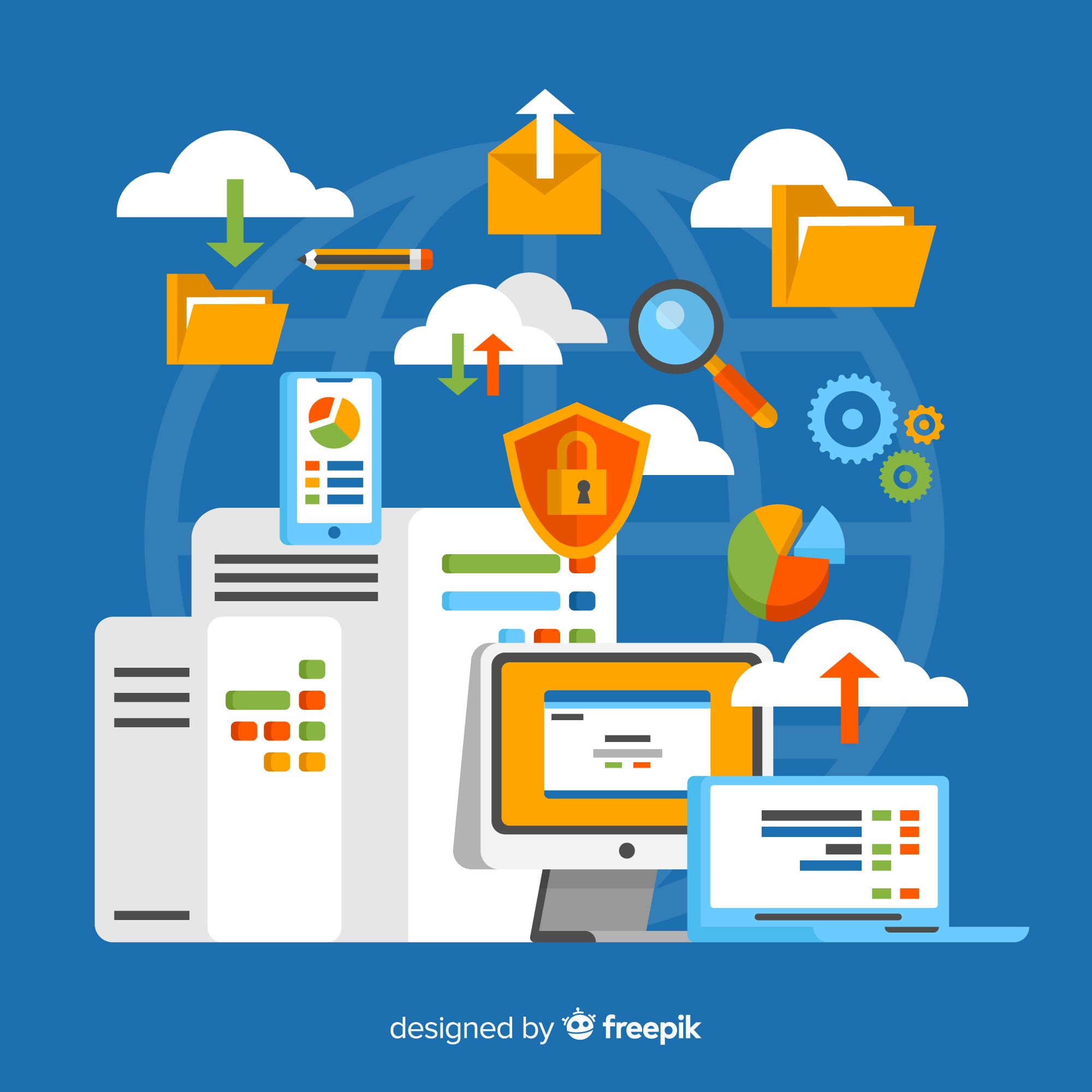Digital transformation involves applying a consumer-driven, digital-first mindset to all parts of an organization, from business models to customer experiences to procedures and operations. It leverages data to enable intelligent workflows, faster and wiser decision-making, and real-time response to market disruptions using AI, automation, hybrid cloud, and other digital technologies. Finally, it alters client expectations and opens up new business prospects.
According to sources, digital transformation is about creating a digital enterprise. This company uses technology to continuously improve all parts of its business models (what it offers, how it interacts with consumers, and functions.” There is no need for small enterprises to start to set up their business procedures and then transform them later. You can future-proof your company from the start. Building a 21st-century firm on sticky notes and handwritten ledgers is not feasible. Digital thinking, planning, and building positions you to be agile, versatile, and ready to develop.
The Main Drivers of Digital Transformation
Many businesses prioritize digital transformation, but it is critical to understand the causes driving the need for digital change. The ability of technology to swiftly collect, create, analyze, and send data is the primary driving force behind digital transformation. Artificial intelligence (AI), cloud computing, mobile technologies, social media platforms, and next-generation technologies such as the internet of things (IoT), edge computing, and robotic process automation (RPA) have transformed how quickly we obtain information.
Implementing these technologies in the marketplace by digital titans such as Amazon, Airbnb, Uber, and others has altered the types of products and services that customers expect. Consumers, for example, want businesses to respond fast and provide products and services that are suited to their specific demands. They have also learned to anticipate intuitive, simple interfaces, and they prefer digital interactions that can occur at any time and from any device.
Importance of Digital Transformation
The overall goal of any digital transformation is to better your current operations. Companies must remain competitive in their industries, which necessitates digital transformation. No evolution, no promotion.
According to sources, “just 8% of worldwide organizations have achieved their planned business outcomes from their digital technology investments.” One technique that distinguishes leaders is investing more in transforming their businesses rather than just running them.
Most organizations amass mounds of client data, but the true benefit comes from utilizing this data for analysis leading to the company’s growth. Digital transformation offers a process for acquiring the relevant data and completely using it for higher-level business insight. It enables various functional divisions within an organization to translate raw data into insights across several touchpoints.
Examples of Digital Transformation:
Digital transformation can take many shapes, but it typically falls into one or more categories: digitizing the customer experience, creating new market opportunities, enabling innovation, and boosting operational efficiency.
There are numerous examples of corporate success with digital transformation. Let’s take a look at some of them:
Nespresso – Nespresso, a manufacturer of specialty coffee machines and an operating subsidiary of the Swiss-based Nestlé Group, implemented a cloud-based CRM system that provided customers with omnichannel access to purchasing and customer care. Customers can contact the company via the internet, mobile device, or in-store visits. Having a 360-degree view of each of its customers has enabled Nespresso to expand into new regions and increase sales.
Netflix – Netflix began as a mail-based digital video disc (DVD) rental service in 1997. It has remade itself as an online video streaming service that provides personalized choices depending on each customer’s tastes.
Desktop Metal – Desktop Metal is reshaping the manufacturing landscape with unique digital technology for 3D-printed metal. Automobile manufacturers have already made significant investments in this new technology. Aside from automotive uses, there are further applications in the medical, dentistry, aerospace, and luxury markets.
Benefits of Digital Transformation:
Time and Cost Reduction: The improved productivity in labor leads to significant savings in time and costs in all company departments.
Geographical Border Expansion: Digitization helps companies internationalize their product or services. It generates essential benefits such as increased turnover, reduced risk, and increased competitiveness.
Analytics: Digitalization work helps a company to combine all the customer data in one place due to excellent business insight. So, the company can make correct decisions at the right time.
Extends the Life of the Company: The use of new technology and some specialized software helps the company keep up to date.
Increased Revenue: With the help of digital transformation, many companies can generate more ROI.
Resource:
https://www.techtarget.com/searchcio/definition/digital-transformation
https://enterprisersproject.com/what-is-digital-transformation
https://whatfix.com/digital-transformation/
https://terakeet.com/blog/digital-transformation-examples/
Disclaimer:
Wherever any material is quoted as sourced from the published text with publishing rights vested in an individual, it is stated that it is a pure quotation and has no intention to claim it as our own.
Image Source: www.freepik.com





